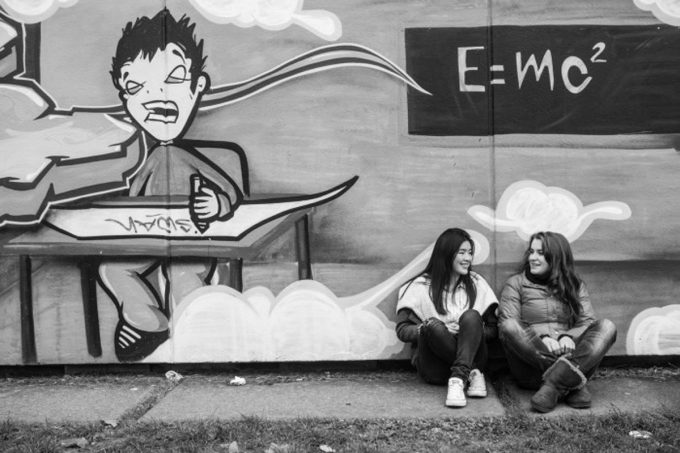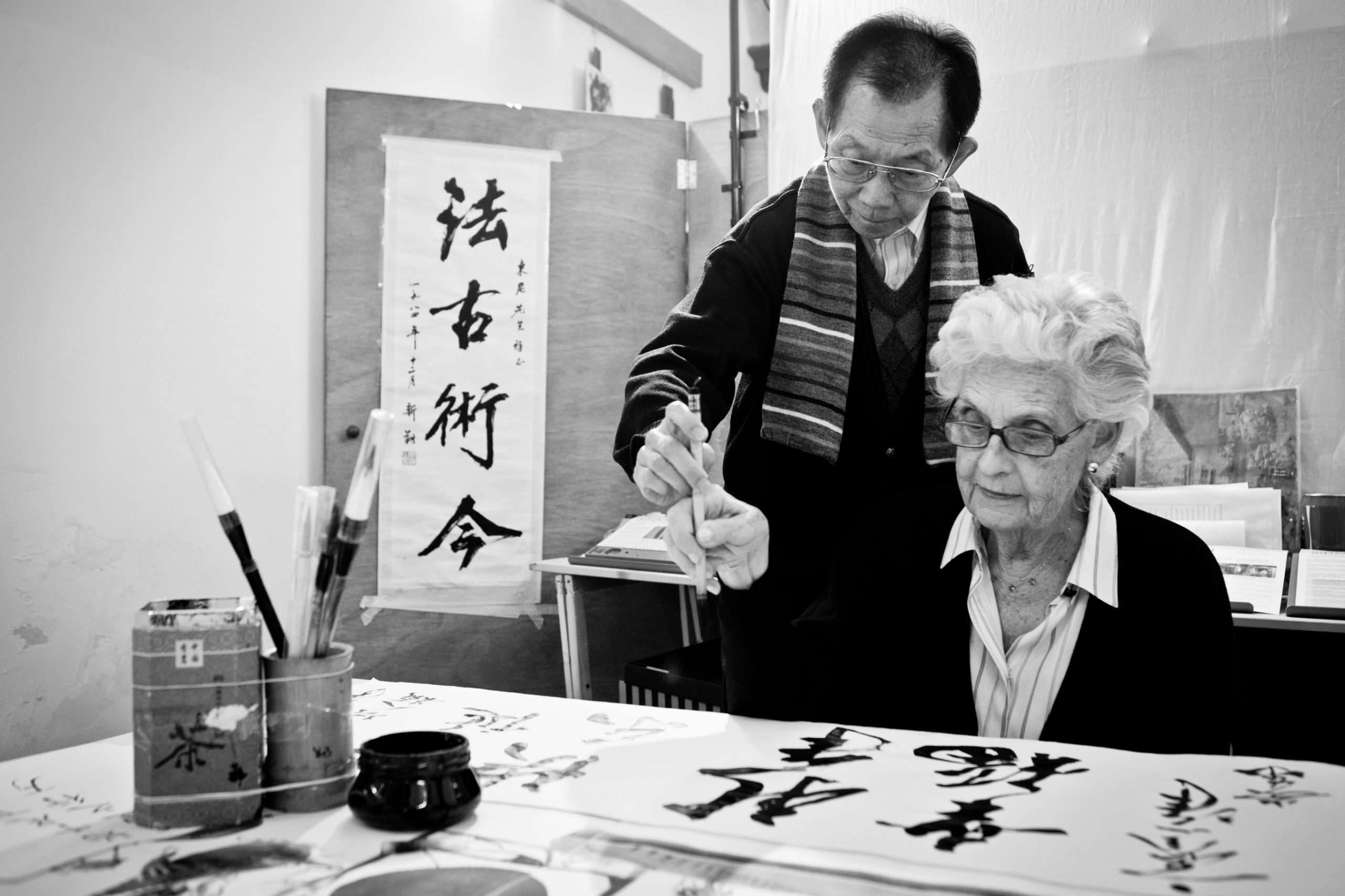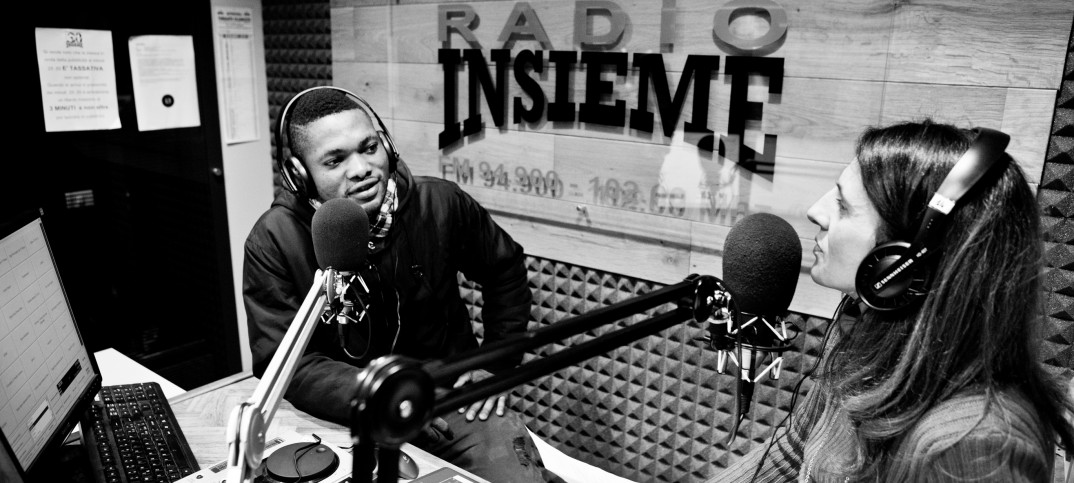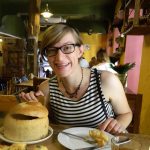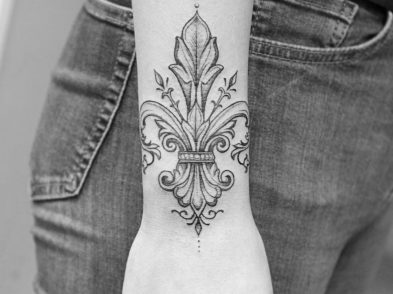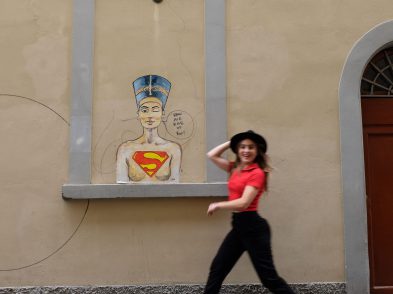It’s now the season when we look back at the year come to pass, at its ups and downs, our personal growth and our setbacks. And 2016 is shaping up to be a year for the history books. Being American, I find myself reflecting on the obvious: the presidential election. It’s only been a few weeks since the results were announced and an unprecedented explosion of anger and fear, of joy and exuberance, rippled throughout the U.S. and around the world.
Although far-removed from the tension gripping my home country, I do feel pain and did shed a few (hundred) tears myself. But I also consider my situation interesting, living as an American immigrant in Prato, a city known for its high immigration and multi-ethnicity in a country still grappling with a new era of multiculturalism. Italy is currently undergoing a transformation that my U.S. upbringing has always allowed me to take for granted. Nowhere is this change more evident than in Prato, where the Chinese community is among the largest in Europe. The highs and lows of mass immigration are unfolding here, and while the highs offer promise and hope, I fear that the lowest lows I’ve witnessed are only a toned-down version of what may come to be in Trump’s America.
With reports of hate crimes against minorities spiking in the wake of the election, I’ve begun reflecting on the less loud, but no less present, marginalization of such groups in my Tuscan backyard. In Prato, despite a smattering of multicultural schools and more progressive apartment palazzi, migrant communities can indeed be “othered” by even the most well-meaning members of the local population. Coupled with what some say is the reluctance of migrant groups to step outside their communities, this can only serve to create divides.
The new social fabric of Prato is still taking shape, of course, but these divisions are tough to deny. Their roots are not always intentional or hate-based, but we find ourselves in a catch-22: initial suspicion of incoming migrants and their social need to stick together in their own communities then leads to self-segregation on all sides. Distrust arises among neighbors, which leads to further division. Fortunately, people are acknowledging this and discussing what approaches to take: last October, ahead of Pope Francis’ visit, the city hosted the 18th National Convention of Intercultural Centers, discussing varied approaches to linguistic education through a pluralistic outlook—valuing cultural exchange over complete submersion. A more recent conference at Palazzo Buonamici explored the impact of migrant communities in Prato and presented proposals for social cohesion—concluding with a reflection on the concept of italianità.
And it’s certainly not an easy concept to define. Prato’s migrant communities are made up of the newly arrived, of course, as well as those who have been here for years and even some who are second generation. Currently, the city is home to nearly 120 different ethnic groups, and while inspiring scenes—playtime between mixed-culture children, successful establishment of international eateries—can be witnessed, there’s still a substantial portion of each group that settles into its designated neighborhood, never feeling the need to fully integrate into Italian life.
It’s not so far removed from the social divisions I witnessed growing up in Southern California and New York. In those areas, minimal interactions between majority and minority groups resulted in misunderstandings, distrust and lack of empathy. A lot of this was thrust under the microscope throughout the recent election season.
The parallels between Prato’s “lows” and the current state of affairs in the U.S. are hard to look past. Divisive rhetoric employed throughout the campaign season has emboldened groups whose privileges and places in society feel threatened by the rise of immigration. Let’s not fool ourselves into thinking Americans are beyond these divisions, or beyond moving in the direction of stopping first, second, third generation citizens to present their documents on the street. As the novelist Zadie Smith says, “Things were different, and therefore can be different again.”
So how do we overcome the angry declarations of distrust we’ve already begun to witness? Equally importantly, how do well-meaning people all over the world grapple with our own latent suspicions and blind spots as we move forward?
If we look to Prato’s “highs” in informing our approach, then I do feel there’s room for positivity. I think back to Facewall: Prato, a photography exhibition that ran for the bulk of 2015, showcasing the city’s “interwoven worlds” and institutionalized efforts toward social inclusion and a sense of belonging for all. Even more timely is the upcoming 2017 conference Mediterraneo Downtown, a preview of which took place just after the US election results were announced. The full conference, scheduled for May, will bring together writers, scholars, artists, human rights activists and others, each with unique experiences but sharing a common vision: the Mediterranean as a space of “social, economic and political integration, rich in cultural exchange…[aiming for] peace, development, social justice and respectful coexistence.”
For the whole world, these conversations are needed more than ever, given the fear-fueled language that’s been unleashed in the current political climate. If Prato can continue to foster such initiatives, and Pratesi to safeguard their immigrant and minority populations, then I have hope that the U.S., a nation built on the very notion of diversity, can do the same.

